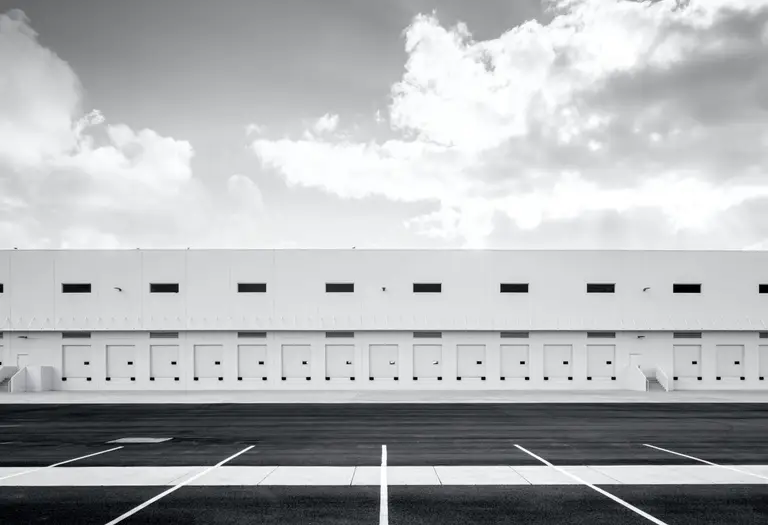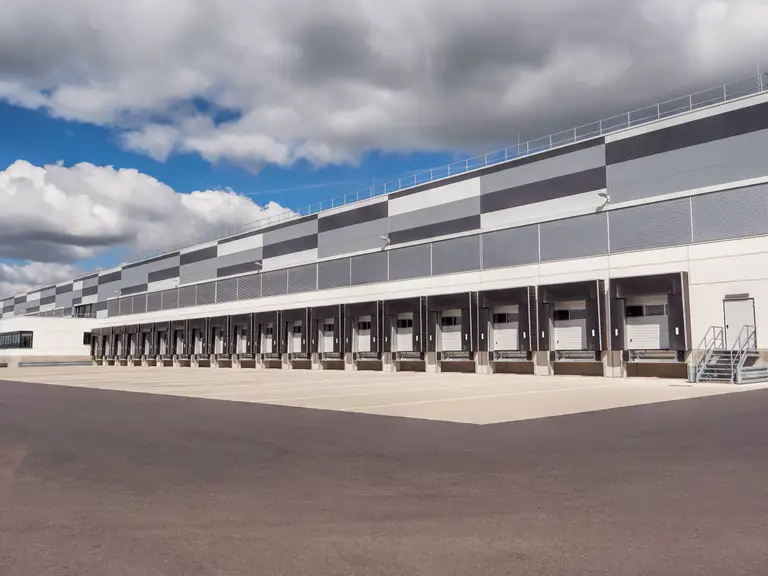


Castell Obtains Alcumus SafeContractor Accreditation
Castell Obtains Alcumus SafeContractor Accreditation. SafeContrator. Handling Equipment Installation/Servicing: Loading Bays from Alcumus. Effectively Managing Risks & Risks Assessments and demonstrating training…

Case Study: Hero Logistics
Salvo™ Loading Bay Safety. Hero Logistics creates a safe secure and worry-free loading bay environment with Salvo

Minimizing the Loss of Energy at the Loading Dock
Minimizing the Loss of Energy at the Loading Dock

5 Tips to Select a Loading Dock Safety System for a New Warehouse Build
5 Tips to Select a Loading Dock Safety System for a New Warehouse Build

Simple 5 Step Guide on How to Use IoT to Set Efficiency Goals for the Loading Bay
Simple 5 Step Guide on How to Use IoT to Set Efficiency Goals for the Loading Bay

Maximising Loading Bay Capacity and the Benefits that Follow
Pressure to Increase Throughput. The Loading Bay is a Valuable Asset. Benefits of Maximised Capacity at the Loading Bay

Halma named Britain’s Most Admired Company 2020
Halma plc. , the British. global group of life-saving technology. companies. .

